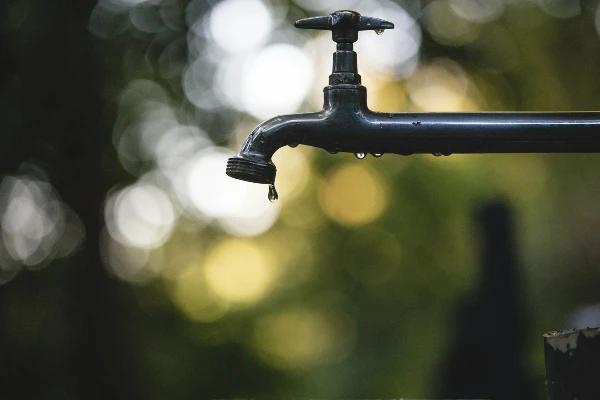Disclosure: This post may contain affiliate links, meaning we get a commission if you decide to make a purchase through our links, at no cost to you. Please read our disclosure for more info.
Wondering why your water bill keeps increasing?
Or, why you have mold growing under your sinks and cabinets?
Your plumbing system may be having a leak. In fact, the average household wastes up to 9,400 gallons of water annually due to undetected water leaks.
Early detection of these water leaks will certainly save you money and prevent any cases of allergies due to mold growth.
Here’s how to find a water leak in your home:
In This Post:
1. Check Your Water Meter
You can use the water meter to detect a range of plumbing issues including water leaks.
To check for a leaking pipe using the water meter, turn off all the water shutoff valves, including that of your washing machine and dishwasher. Locate your main water meter, take the reading and note it down. After two hours, take another reading and compare the two readings.
If the meter reading changed significantly despite all the water in your home turned off, you may have a water leak.
2. Monitor Your Usage
The U.S. Environmental Protection Agency recommends examining your winter water usage to prevent water leaks. During winter, your water pipes are more likely to burst, especially if they aren’t well insulated.
If your winter water bill exceeds 12,000 gallons per month for a family of four, you may have a serious leaking problem in your plumbing systems that needs immediate attention.
3. Monitor Your Water Bill
If your water bill keeps rising month after month, but your water usage pattern hasn’t changed, you may have a leak problem.
Compare your water bill for the past three months and check if there’s a steady increase. Ideally, your bill should remain within the same range month after month.
You may also want to invest in a couple of leak detection devices for more accurate results. Check out this service to learn more about water leak detection
4. Check the Toilet for Leaks
Another area in your home that tends to experience water leaks is the toilet.
To check for a leak, remove the top of the toilet tank and listen closely. If you hear any hissing, try and locate where it’s coming from and assess whether you can fix it.
If you can’t locate the leak, mix some food coloring with water and put a few drops in the toilet tank. Check back after a few minutes. If you find some coloring in your bowl or floor, you have a leak. Call a plumber to fix it.
5. Check for Mold
Mold is often found in the wet areas of your home. Signs of mold in your back cabinets, on the basement wall, or under basins may indicate a leak.
If not fixed promptly, it can cause serious health problems. Act immediately to avoid spending thousands in repairs and medication.
How to Find a Water Leak in Your Home
If your home is over 25 years, your plumbing system may need an overhaul. Always inspect all accessible connections for signs of slow leaks and assess whether you can fix it yourself or if you need to call a plumber. Knowing how to find a water leak can go a long way in saving you money in repairs.
Don’t forget to hire a professional plumber to make regular inspections on your plumbing system and check for potential problems.

